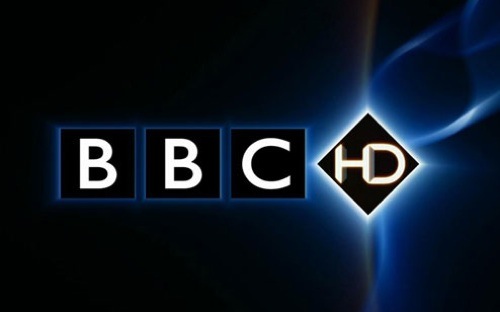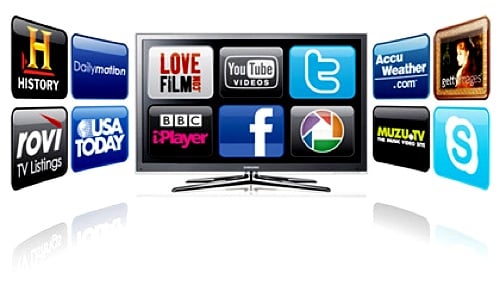Original URL: https://www.theregister.com/2010/06/10/grouptest_freeview_hd_tvs_buyers_guide/
Buyer's Guide: Freeview HD TVs
How to make your choice
Posted in Personal Tech, 10th June 2010 07:02 GMT
Group Test If you’re replacing an old television set, connectivity is a potential issue that it’s worth considering carefully. Having a decent number of HDMI ports is certainly a good idea, for connecting up Blu-ray and DVD players, and games consoles, and most sets cater for such devices well.
If, however, you have older equipment you may need to shop more carefully, as the number of Scart connections is falling. Indeed, one of the sets I looked at - the Sharp Aquos LC-46LE821E - needed a plug-in adaptor to hook up a Scart device.

Options like USB ports, memory card slots and extra analogue inputs, such as component-video or VGA are worth looking into, and whether or not a set has a Freesat tuner, as well as Freeview, to give you the widest possible range of channels.
Freeview HD is more tightly specced than the standard-definition Freeview service is, but there’s still plenty of variation in the presentation of the electronic programme guides, too. Some are far more cluttered than others, and some make it easier to find particular programmes by genre or name.
Media playback is an area in which it’s clear that sets have come on in leaps and bounds, with most now offering some sort of additional functionality beyond simply presenting what's on TV. The biggest differences come in format support, which varies quite widely between sets – and indeed even on the same set, depending on whether you’re playing back video from a memory card or streamed over a network.

And, in the absence of the unified IPTV platform that Project Canvas may yet deliver, you’ll find different interfaces and selections of online video content, depending on which brand of TV you choose.
It's unlikely that you’d choose a set just because it had Daily Motion, rather than YouTube, but accessing online content is much more straightforward on some sets than others. While some have gone out of their way to provide a good range of material, others seem to have done the bare minimum. If you have a media streamer already, that may not matter – but at least some of these sets are coming close to replacing one.

On some sets, DLNA even offers the ability to act as a "media renderer", which means it can be controlled by an external device like a PC, or even some mobile phones. For example, I used a Nokia E72 as the controller, selecting content from a Synology network storage box or from the phone, to be displayed on the TV.
Think how well the set you fancy handles standard definition content. With just three HD channels broadcasting now, to be joined by a fourth before the year is out, a lot of what you watch is still going to be SD. With the wrong settings, like too much sharpness, and over-enthusiastic noise filtering, standard definition pictures – especially from lesser channels like More 4 – can look poor. So a good range of adjustments is vital.
With HD pictures, of course, comes better quality audio, in the form of surround sound. And if you’re hoping to get surround from a Freeview HD set, then the bad news is that things are just as murky as they proved to be when it comes to set top boxes.

In many cases, you won’t get surround sound by connecting the TV to your AV setup, as the necessary transcoding technology won’t become mandatory until next year – which might in itself be enough reason for some to consider postponing their purchase for the time being. Anything launched after April 2011 must have have transcoding if it's to sport the Freeview HD logo, and so will be able to produce a 5.1 signal that existing surround sound systems will have no difficulty handling.